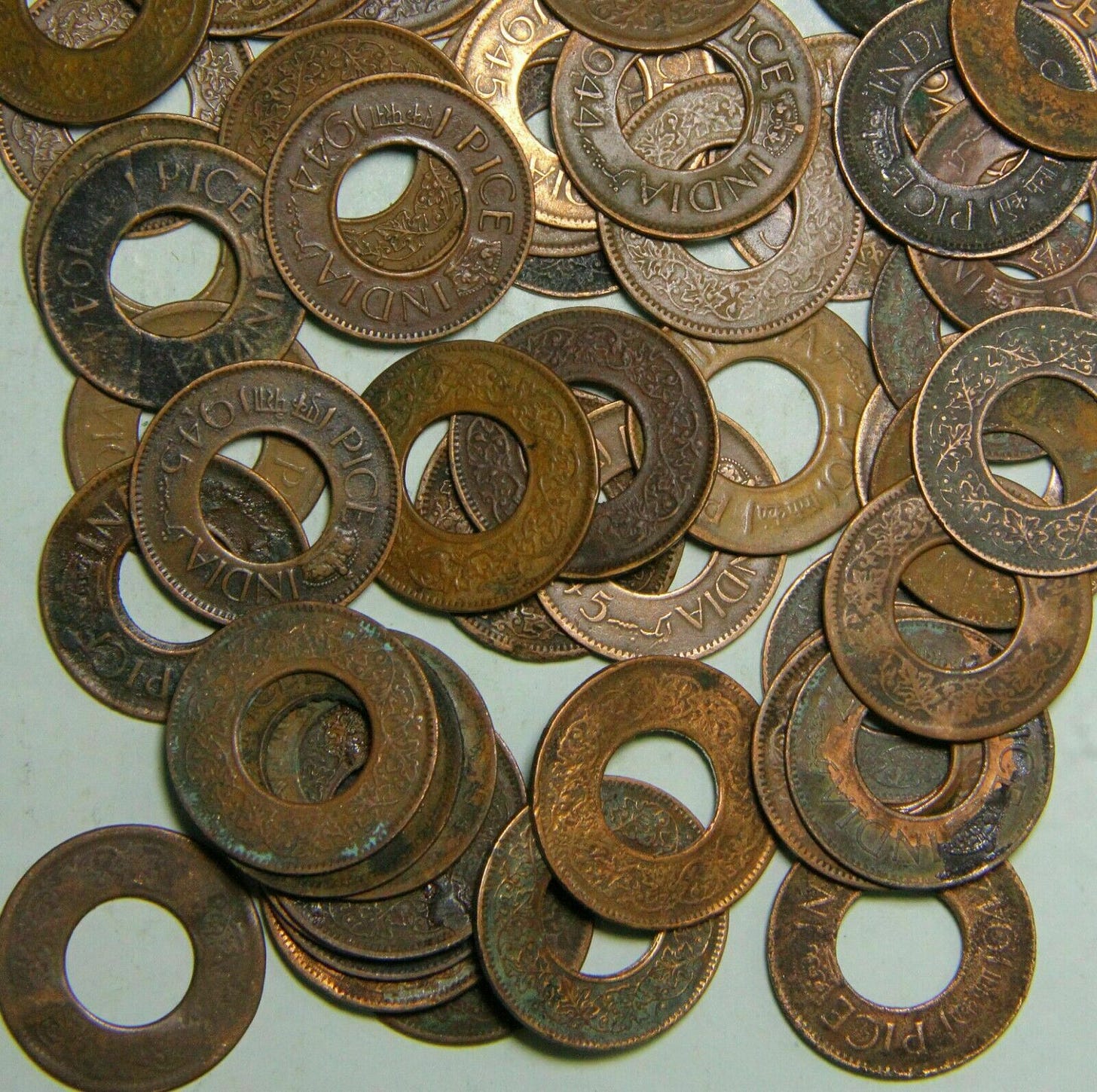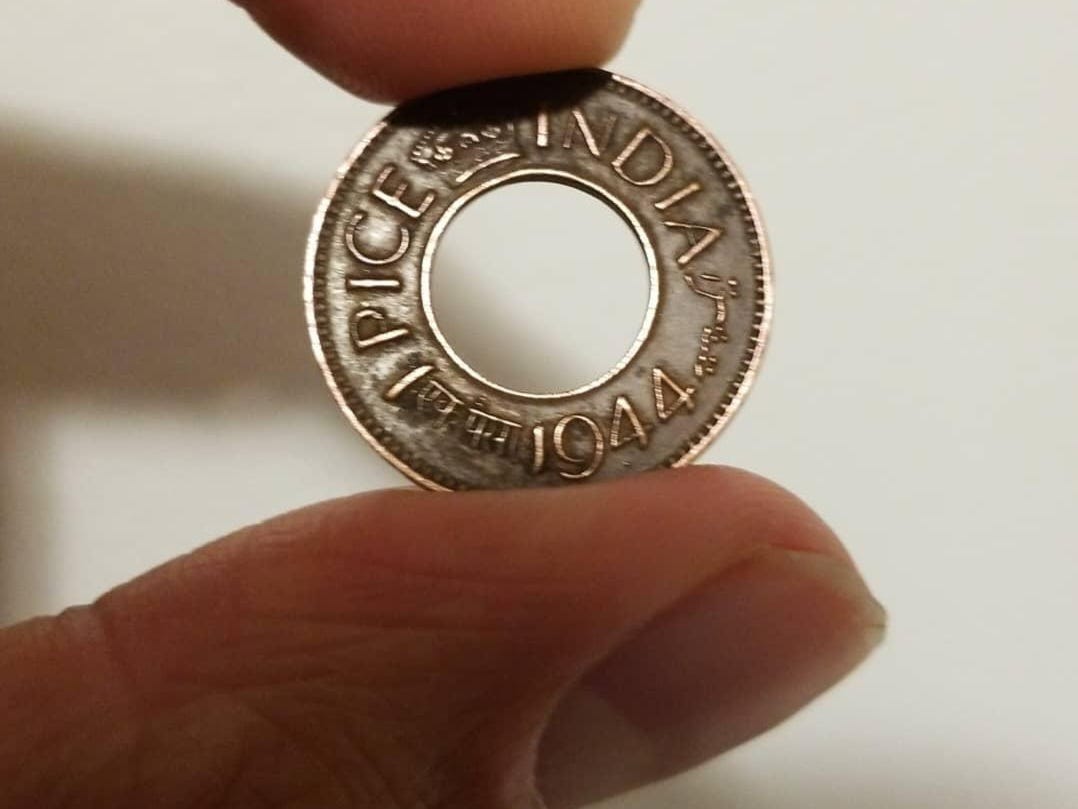Welcome to the Brown History Newsletter. If you’re enjoying this labour of love, please do consider becoming a paid subscriber. Your contribution would help pay the writers and illustrators and support this weekly publication. If you like to submit a writing piece, please send me a pitch by email at brownhistory1947@gmail.com. Don’t forget to check out our SHOP and our PODCAST. You can also follow us on Instagram and Twitter.
Those Old Coins with Holes in Them by Ahsun Zafar
Harleen Singh is the man behind @thesingingsingh, a popular Instagram account similar to mine but his focus is specifically on the history of women in colonial Punjab. A few years back he reached out to me through a DM and I soon found myself sitting across from him at a overpriced coffeeshop in Brampton one cold afternoon.
I asked him the story behind the chosen name for his Instagram handle. He then proceeded to sing me a song in tune and on pitch, hence, the singing Singh. We chatted history, social media, and our struggles with the politics of South Asians and the trolls they bring to our respective platforms, which I’d like to add has only since gotten worse.
He was very intelligent and took joy in meeting someone with the same interests. Before we parted ways, he gifted me a shiny old coin from Undivided India dating back to 1944.
It had been years since I’ve actually taken a good look at a coin. I live in the age of credit cards and cryptocurrency and now in my hand was a piece of history, a doorway to the past. It was a large coin made from copper with inscriptions in three different languages on it; Hindi, Urdu, and British English, and on the top centre, as proof of who was still in charge, was the crown of King George VI. The most intriguing feature of the coin was that there was a perfect circular hole in the centre of the coin creating a donut-like appearance.






